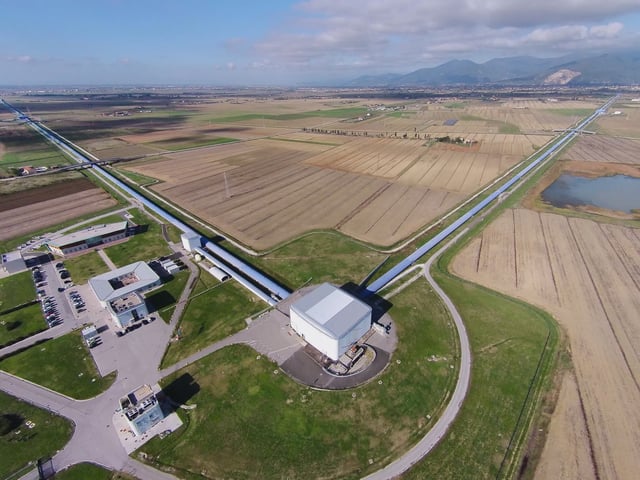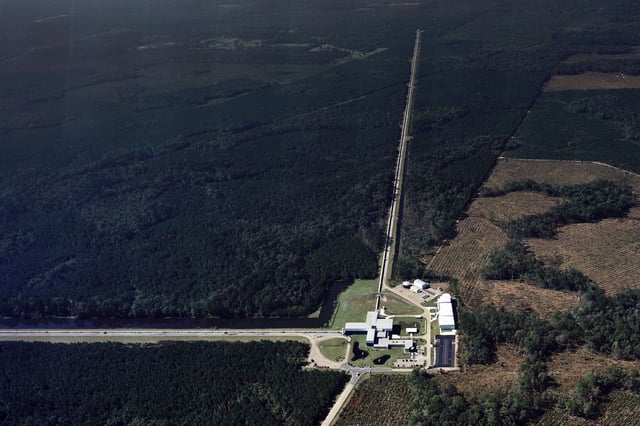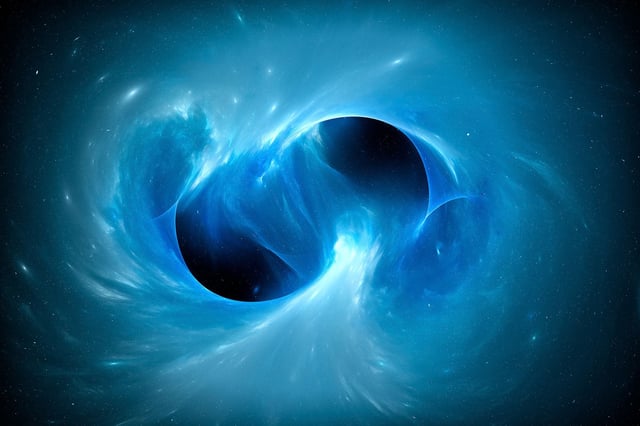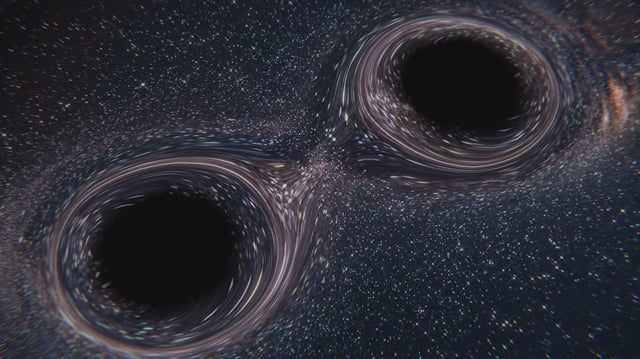Overview
- The LVK Collaboration detected GW231123 on November 23, 2023, during its fourth observing run using LIGO’s Hanford and Livingston observatories alongside Virgo and KAGRA.
- Two progenitor black holes of roughly 100 and 140 solar masses coalesced into a single 225-solar-mass black hole, surpassing the previous record held by GW190521.
- Analysis shows both component black holes spun at speeds near the theoretical limit allowed by Einstein’s general relativity, complicating signal modeling.
- The merger’s extreme mass falls within the pair-instability gap forbidden by standard stellar evolution, lending support to a hierarchical-merger formation scenario.
- Full analyses and refined theoretical models for GW231123 will be presented at the 24th International Conference on General Relativity and Gravitation and the 16th Edoardo Amaldi Conference on Gravitational Waves in Glasgow (July 14–18, 2025).



